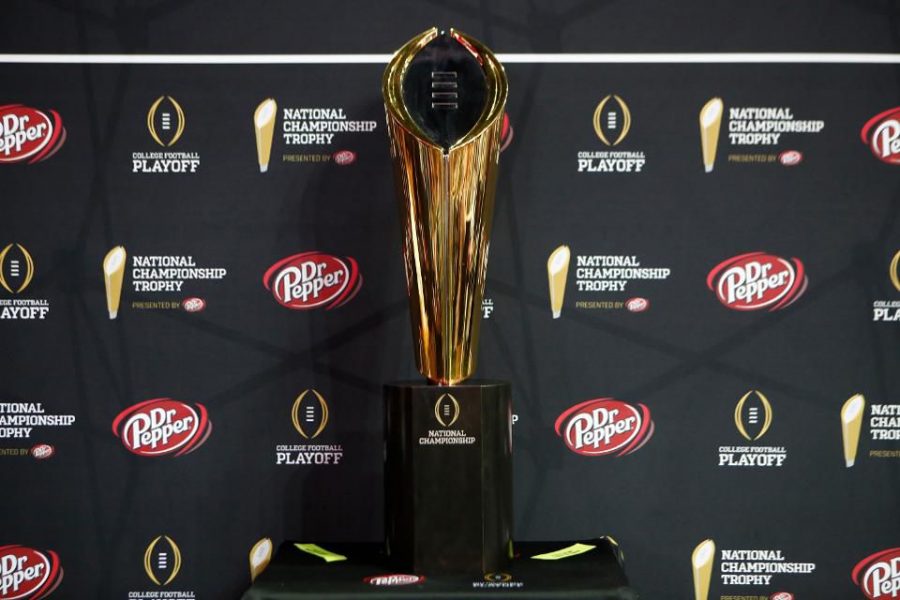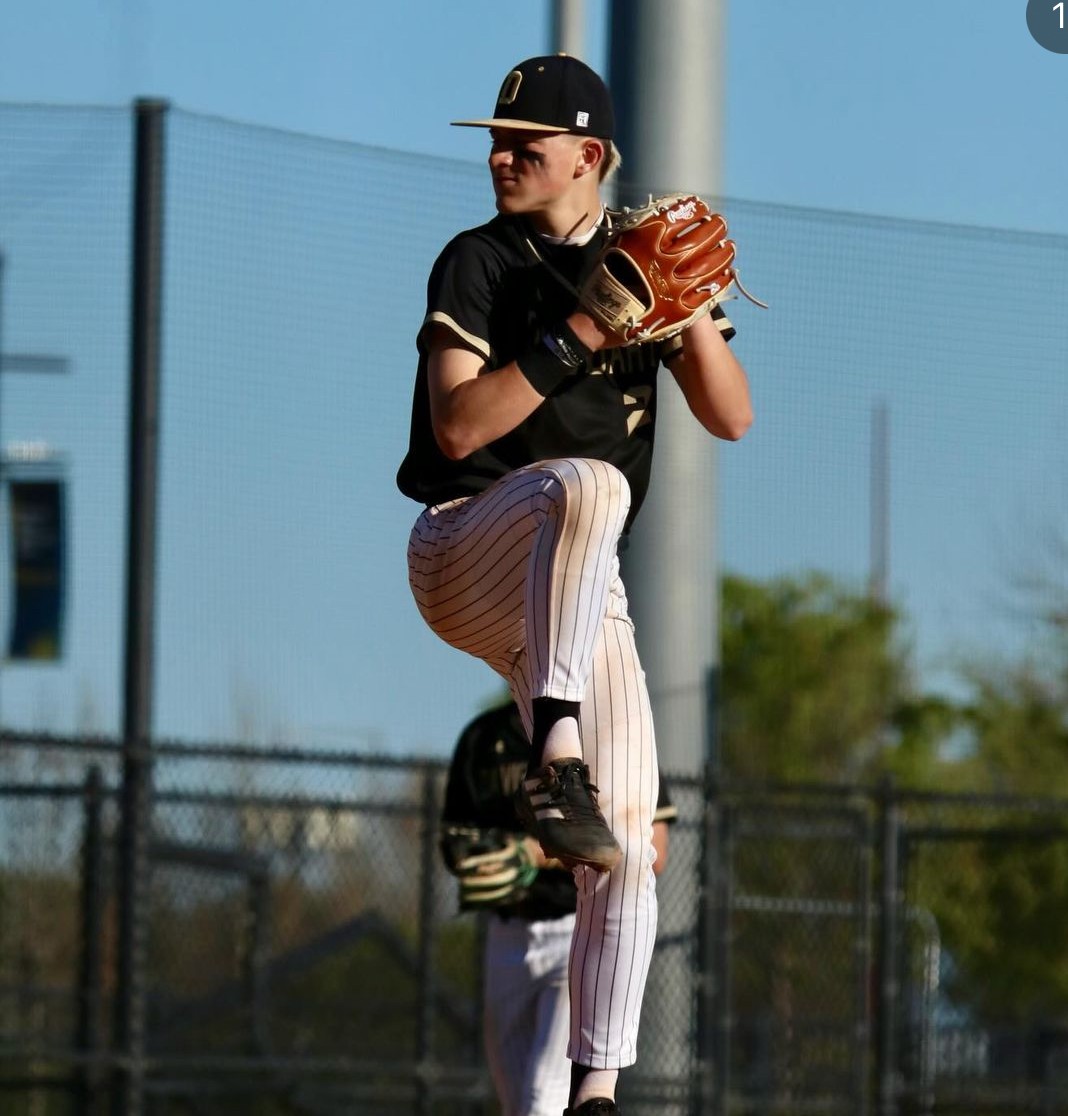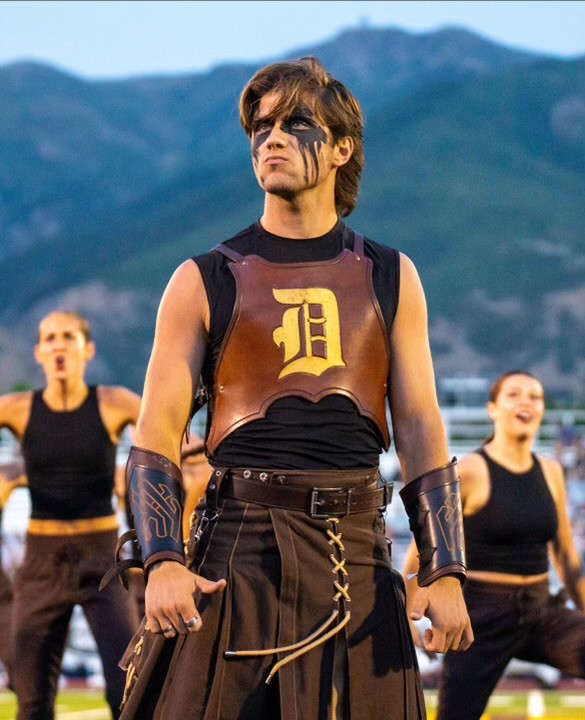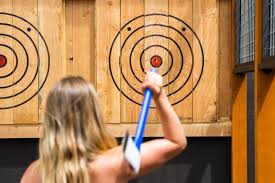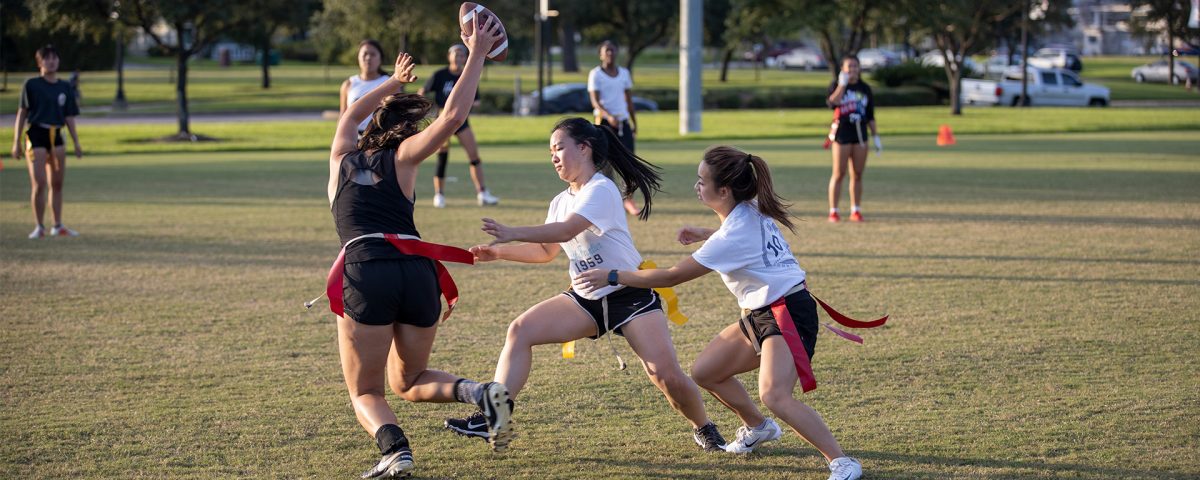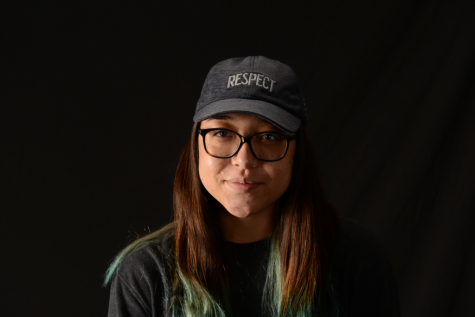Challenging the dress code
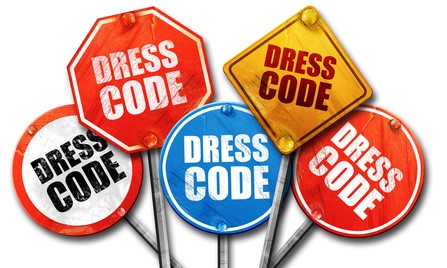
As high school students, we are expected to follow the rules and regulations, including the dress code. Dress codes are known for being strict and reluctantly followed by upset students, but what you might not know is that a group of students got it changed.
Bronson Smith and Korina Soubi were the two main students behind this change, but there were so many people involved. They had meetings and groups, handing out fliers and getting people to sign petitions. They even had teachers and parents on their side. Everyone involved had different reasons for wanting this change, but they all had the same goal: make the dress code more reasonable.
“What inspired me personally was the idea that things can change and progress but still keep standards. For example, I think that something like coloring your hair or wearing clothes that may be more appropriate for summer vs winter, I think that’s ok and you can still have respect for people who make those decisions.” states Bronson Smith, one of the students behind this movement.
Bronson also saw a lot of inequality and sexism within the dress code, and in how the dress code was upheld. While most people are quick to point out and focus on the sexism against girls, boys were also seeing some of this inequality.
“Specifically in the case of coloring hair I recognized that a lot of the girls were coloring their hair different colors, and not even just natural looking colors, and they would get away with it a lot of the time. However, in the case of men trying to do the same thing, it seemed like they were getting in trouble a little more often.”
The first thing they did was write an initial draft of around 18 things they wanted to see revised within the dress code. Then they sent it to some of their teachers for feedback and revision. The response varied, some liked his ideas, and some didn’t. The article through more editing, as well as increasing the number of things they wanted to see changed and adding a section that recommended a change in wording.
They then took this to the principal and vice principals of Davis High. While they were open. They told them they needed to take it to the school district, who also didn’t have the authority to do much, so they sent them to the state board of education. Bronson sent an email, and the response wasn’t promising, but they did say they would look into it.
In the meantime, they continued to get teacher and student signatures in support of this movement. He also started to notice small changes and conversations about it.
“One of the biggest things to start a movement, I guess catalysts, is to get people to talk about. Getting people to talk about it and think about different things is really important for any type of movement to happen, but especially this one.”
It wasn’t until school had ended that they began to see change. He heard back and had seen that in Davis district they had changed some of the dress code policies. Things changed very slowly, and he isn’t satisfied with things, but they have reached an equal ground where things have improved and
Most of the things revised in the dress code are very minor things, things most people wouldn’t notice unless they actually read the dress code.
For example, they took out the word “gang” because it was deemed inappropriate for what they were trying to say. They also changed the rule on shorts from below the knee to four inches above the knee. The two major changes Bronson noticed, though, was that coloring your hair unnatural colors is now allowed. Also, instead of no tank tops, they are allowing the thicker straps.
While this change did extend to other schools in the state of Utah, their focus was Davis High. They also had support from people at the junior high level and other high schools. Schools could take their time adopting the new dress code, and many schools with new administration decided to wait. Davis High is one of those schools.


